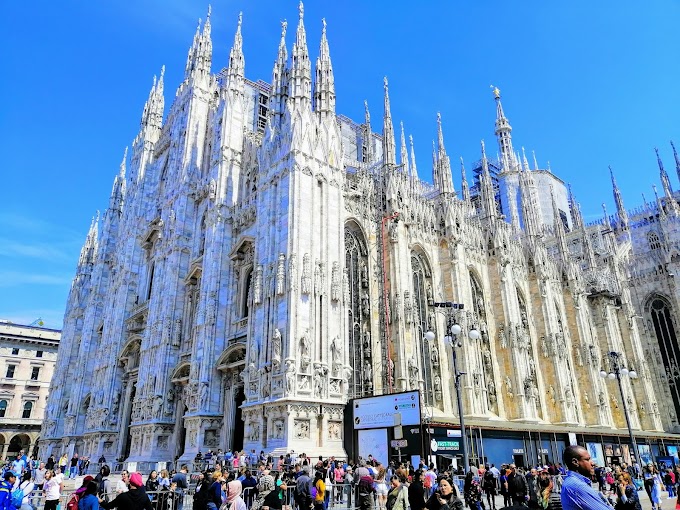Lebanon is a small but densely populated country bordering the Mediterranean Sea, Israel, and Syria. In terms of tourist numbers, Lebanon cannot compete with regional nations such as Israel and Jordan.
The Bible, however, ignores ancient architectural marvels and natural attractions, making Lebanon an attractive tourist destination. The Bible, however, ignores ancient architectural wonders and natural attractions, making Lebanon an attractive tourist destination. If you can not decide where to go in one of the smallest countries in Asia, read on to learn more about Lebanon's 6 highlights.
Cedars of God
Lebanon was once covered with cedar forests, and this majestic tree has grown into a symbol of the country. Lebanese cedar trees are mentioned in Old Testament and regional epics, and a contour of a cedar tree is even depicted on the national flag.
After large-scale deforestation, the last significant herd of giant cedars can be found near the town of Bashari in the Kadisha Valley. Seeing this huge tree forest is truly an unforgettable experience. The area is 10 hectares and is a UNESCO World Heritage Site.
Kadisha Valley
In the heart of rural Lebanon, the Kadisha Valley is abnormally clear of ordinary settlements and agricultural land. Houses and monasteries are built on the slopes of the park, which is eroded by the Abu Ali River's waters.
Bashari is a great starting point for exploring the canyon as this beautiful city has cave houses and monasteries. Old Mar Licha Monastery is a serene sanctuary with peaceful churches inside. St. Simon's Monastery and the Hidden Church of Padova are scenic destinations in the St. Antoine Valley.
Tripoli
Although Tripoli has a significantly smaller population than Beru, its cultural treasure is the same as that of the capital. Founded around the 6th century BC, Tripoli is part of many civilizations: Greeks, Phoenicians, Persians, Ottomans, and Romans inhabited this fascinating city, making it the second-largest city in the country.
Go back to Raymond de Saint Giles' castle's medieval period, which was built by the Crusaders and remains untouched to this day. The nearby Tunnel Church is another excellent example of Tripoli's beautiful architecture. This 14th-century mosque has a colorful green sphere, and the stone structure is specially loaded into the interior.
Jeita Grotto
You do not have to go far from Beirut to reach the first wild miracle. Zaita Grotto is a 20-minute drive from Beirut, easily accessible from the capital. This limestone cave complex is a picturesque place with two main chambers.
You can drive a tourist train or gondola to the cave entrance, and you can follow a walking path while inside. Many columns and limestone structures create an attractive view by bathing in artificial light.
Byblos
For tourists thinking about history, Byblos is an unmissable place along the Mediterranean Sea. Byblos is one of the oldest continuously inhabited cities globally and is a fine example of an early-Phoenician settlement. As you walk around this port city, you will find nothing between Roman shrines and medieval castles.
Byblos Citadel gives visitors a view of the past and gives you a glimpse of the sea from above. Sit back and soak up the Roman theater atmosphere, or be intimidated as you walk the narrow streets of Old Suk. This puzzle is one of the most attractive in Lebanon. Byblos has a nice beach. It is ideal for swimming, sunset, or watching the Mediterranean sunset.
Beirut
You will most likely come to Beirut, but further travel is not an emergency; The capital of Lebanon delights visitors with its large beaches, ancient sites, parties made in the nightlife districts, and food that stays in your taste buds for a while.
Begin your adventure at the Beirut National Museum, where archaeologists excavate to tell this Asian country's historical story. The most popular area in Beirut is a ruined complex dating back to the 1st century AD. Sux represents old Beirut, and the new face of the city can be seen in the Gulf of Saitun, where it is dominated by upscale restaurants, yachts, and sky-high views. Beirut is a universal place, and it is worth spending at least a few days.










0 Comments